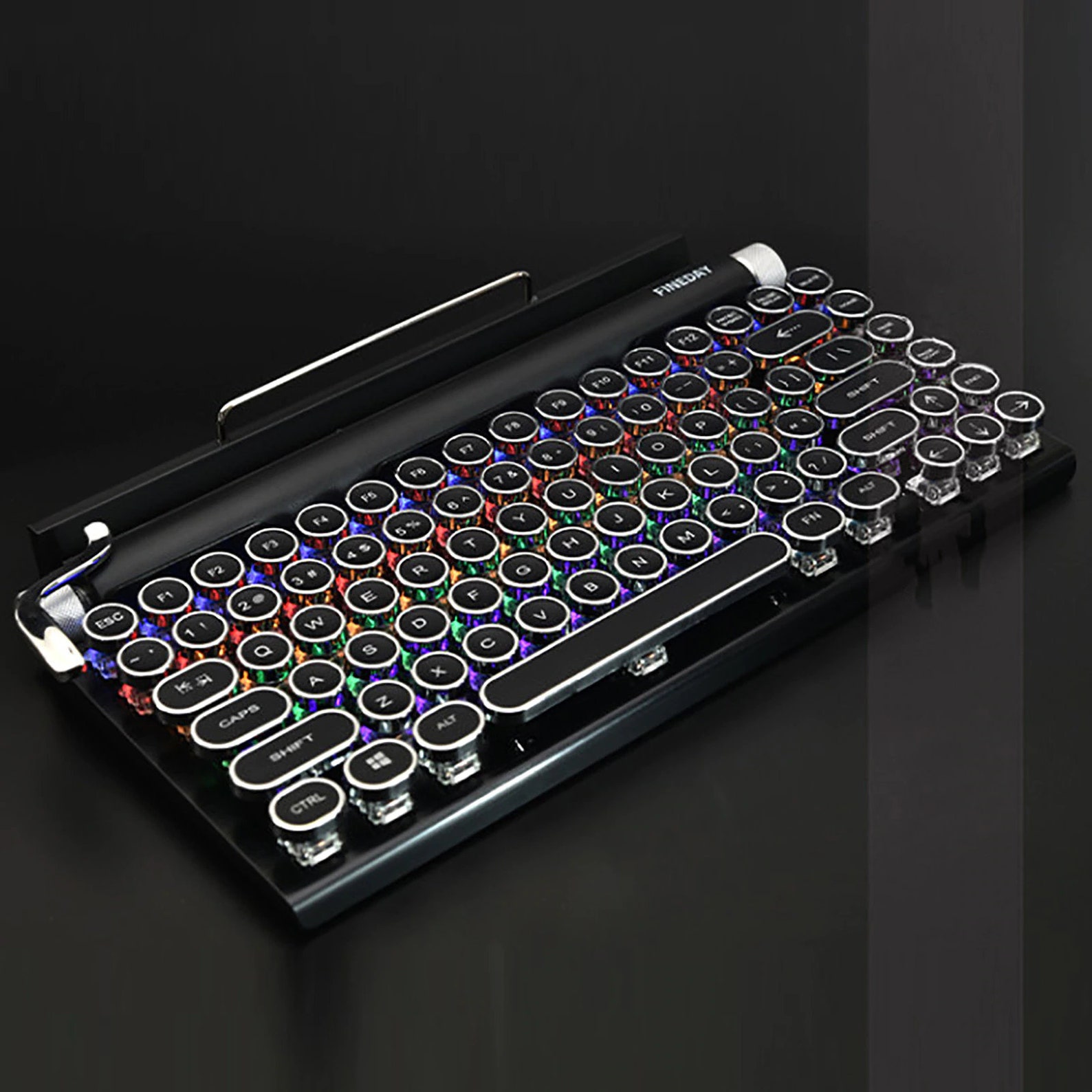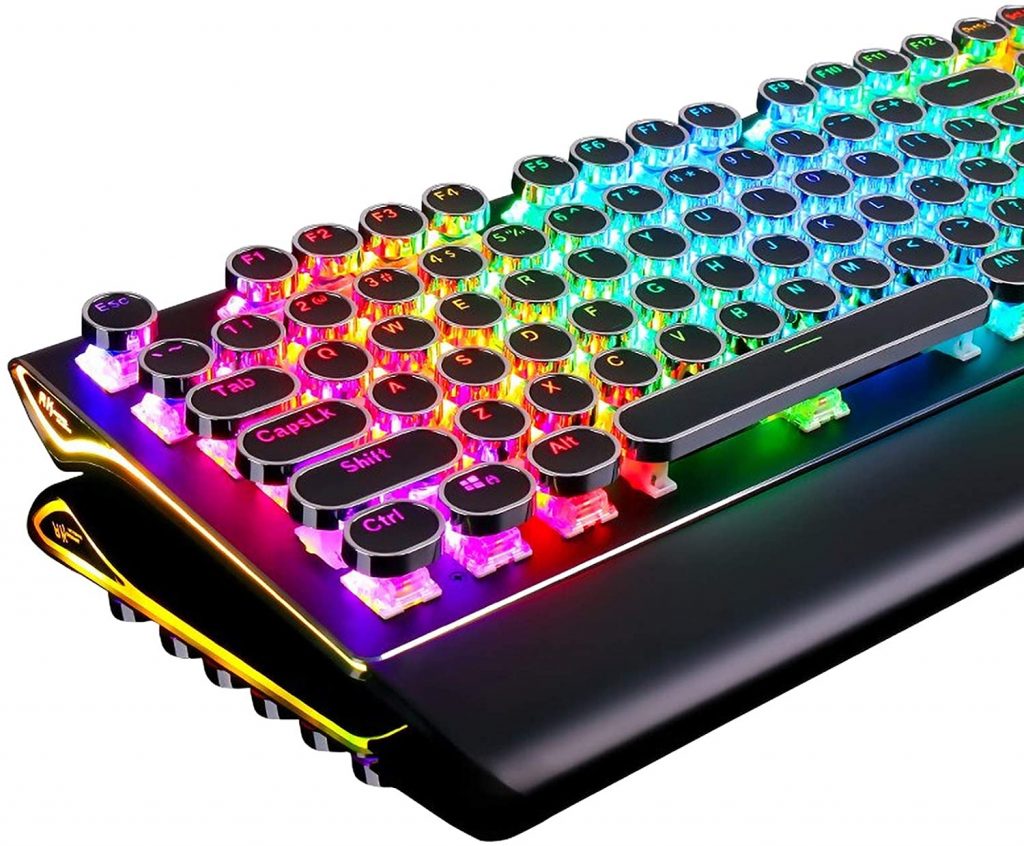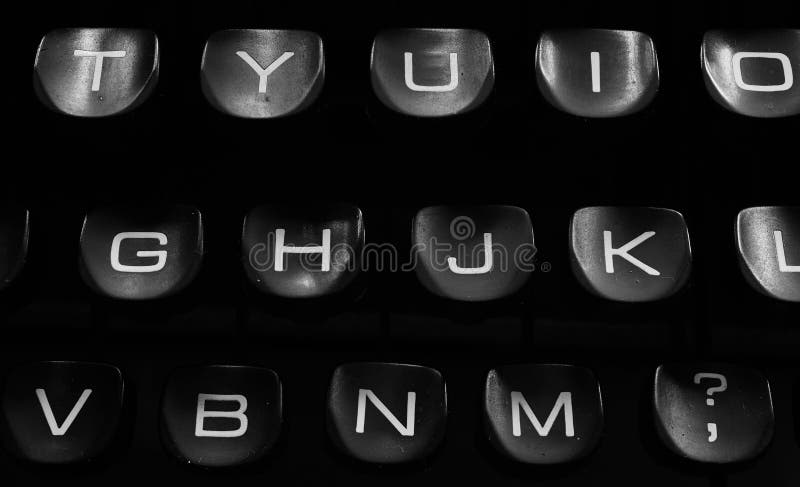

The PC keyboard layout commonly used in Germany and Austria is based on one defined in a former edition (October 1988) of the German standard DIN 2137-2. The characters shown in black are present in the traditional “T1” layout also. German keyboard layout “T2” according to DIN 2137:2012-06. Many of the other countries were historically a part of Austria-Hungary or under the influence of Nazi German occupation (and its underlying culture and technology), so they used German typewriters with the QWERTZ layout. Many German-speaking regions use this layout, but the German-speaking East Cantons of Belgium use AZERTY instead. The QWERTZ layout is fairly widely used in Germany and in the majority of Central European and Balkan countries that use the Latin script. Esc and ↵ Enter on the numeric keypad are not translated, however. In German and Austrian keyboards, most of the other abbreviated labels are in German: Ctrl (control) is translated to its German equivalent "Strg" for Steuerung, and Delete is abbreviated "Entf" ( entfernen). Some of the special key inscriptions are often changed from an abbreviation to a graphical symbol (for example ⇪ Caps Lock becomes a hollow arrow pointing up, ← Backspace becomes a left-pointing arrow).

T and Z often appear next to each other in the German orthography, and typewriter jamming would be reduced by placing the two keys so they could be typed with separate hands.Z is a much more common letter than Y in German the latter rarely appears outside words whose spellings reflect either their importation from a foreign language or the Hellenization of an older German form under the influence of Ludwig I of Bavaria.This change was made for three major reasons:

The main difference between QWERTZ and QWERTY is that the positions of the Z and Y keys are switched (hence the nickname " kezboard" ).


 0 kommentar(er)
0 kommentar(er)
